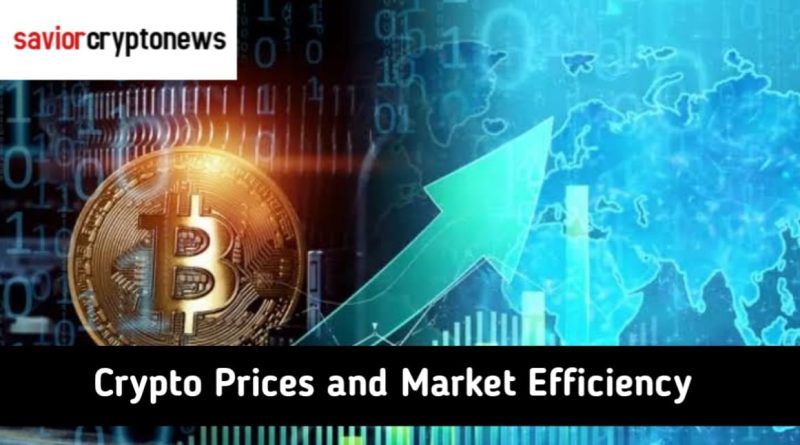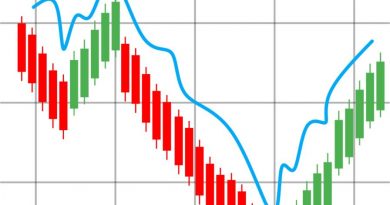Crypto Prices and Market Efficiency
How should we evaluate the latest highs and lows of crypto prices? In taking a market effectual view, crypto prices are a reflection of the market’s assessment of the future expectation of digital assets. This view can help us appreciate the historical trends in crypto prices and its connection with the overall financial markets:
Over the last 5 years, crypto markets saw very large requite due in part to embrace by institutional and retail investors, and the laying of the foundations of web3.
Whereas crypto markets were originally different to the financial markets, the association has risen clearly since 2020. Thus, the market anticipates crypto assets to become more and more intertwined with the rest of the monetary system.
Nowadays, the risk profile of crypto markets is similar to those of oil prices and automation stocks.
The recent decline in crypto markets can be ascribed for ⅔ to worsening macro-factors, and for ⅓ to a weakening of the viewpoint for cryptocurrencies.
Introduction
Over the last eight months, the market funding of all cryptocurrencies went from the top of $2.9T to a current level of less than $1T, a decline of over two thirds. This is not abnormal in crypto markets: Since 2010, total crypto market capitalization experienced a monthly decline of 20% or more (a typical measure of bear market conditions) nine times.
Each time a sharp decrease in crypto prices occurs, media and expert commentaries normally take one of two forms:
(i) the “Crypto is dead” reaction, where crypto is painted as a gigantic Ponzi scheme power by the inclination not to be left out of great returns (Fear of Missing Out, or FOMO in short) followed by anxiety and hopelessness when prices decline (Fear, Uncertainty, and Doubt, or FUD in short). The price drop is the signal that the bubble bursted, and we should run for the egress before prices go down to zero.
(ii) the “HODL” reaction, where crypto is seen as a groundbreaking automation. Crypto winters and summers are a feature, not a bug, of troublesome innovations, like national banks in the early 18th century, railways in the mid 19th century, and the internet and insincere intelligence in the late 20th century. We should hold and ride through the fickleness, as crypto prices will resume their rise in the near future.
However, neither of these explain both the historical movement we have seen in crypto and how we are seeing the connection with overall goods markets today. But there is a third way to explain changes in prices, the “market efficiency” reaction, where prices are a reflection of the market’s assessment of the future expectation of digital assets.
Market Efficiency
Examining the crypto markets build on an understanding of market organization can help us interpret the data. For example:
- The adoption by institutional and retail lender, and the deposit of the foundations of web3 (i.e., decentralized money matter applications, non-fungible tokens, decentralized identity solutions, guaranty of real assets, and decentralized autonomous organizations) were part of the reason for these unusual returns.
- Since 2020, the connection between the goods and crypto asset prices has risen significantly: while for the first decade of its exising, bitcoin returns were on average correlated with the performance of the stock market, the relationship increased speedily since the COVID pandemic started. This suggests that the market anticipates crypto assets to become more and more interlace with the rest of the financial system, and thus to be uncover to the same macro-economic passion that move the world economy.




